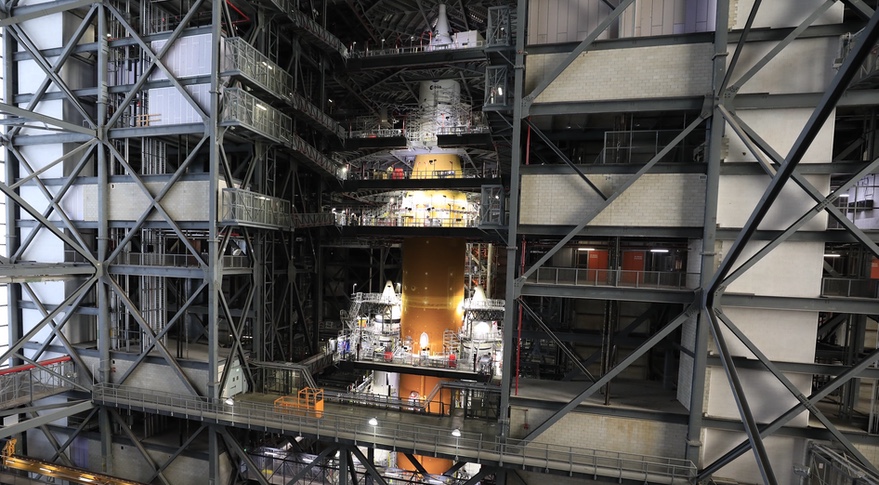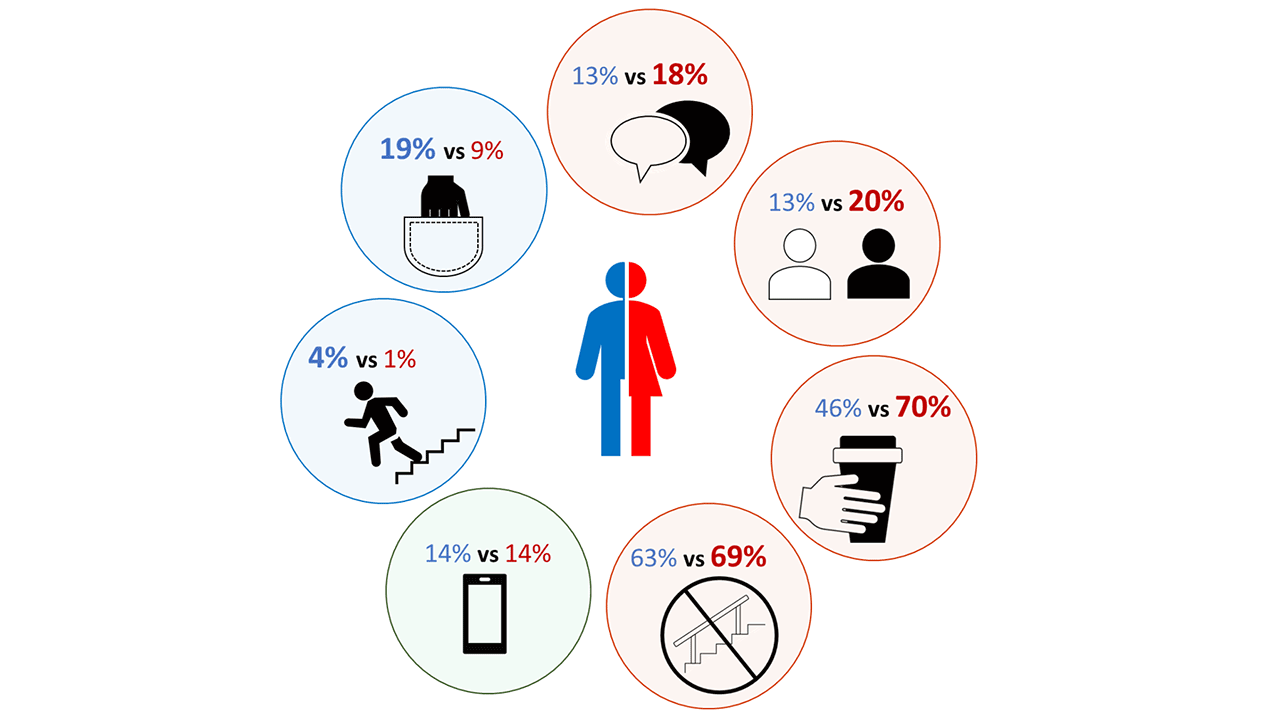
WASHINGTON — Redwire Space is doubling down on interest in the emerging market for very low Earth orbit (VLEO) satellites by offering a second spacecraft platform from its European subsidiary.
In a May 9 earnings call, Redwire announced a VLEO satellite platform called Phantom, developed by the company’s European business unit in Belgium. Phantom is being developed for the European Space Agency’s Skimsat mission, on which Redwire is partnered with Thales Alenia Space, and is now being offered for European and international customers.
Phantom joins SabreSat, a VLEO satellite Redwire announced in its previous earnings call in March that is being developed by the company in the United States. The two designs use different technologies.
“SabreSat and Phantom do not share a common technological baseline. They are two different platforms with different underlying technologies and performance parameters,” Peter Cannito, chief executive of Redwire, said on the call. “Different approaches reduce risk and enable us to cover a broader set of customer requirements.”
The Phantom bus is designed for missions at orbits below 300 kilometers, where atmospheric drag plays a much larger role, requiring more aerodynamic designs and propulsion to maintain orbit. Phantom can accommodate payloads weigh up to 50 kilograms, with a total spacecraft mass of up to 300 kilograms, according to company documents. The spacecraft uses electric propulsion to maintain its orbit for missions lasting as long as five years.
Company officials said at the GEOINT Symposium this week that they were seeing interest in SabreSat from U.S. government agencies interested in a platform that could offer better imaging resolution from operating in a lower orbit as well as improved resiliency. Cannito said on the call that the company has won a study contract for SabreSat from an undisclosed customer.
“This is a very exciting indicator that the market recognizes SabreSat’s potential as a critical capability,” he said. “We are very encouraged with the reception that SabreSat has received since our announcement and we continue to pursue meaningful opportunities for this potentially groundbreaking VLEO spacecraft.”
He called both SabreSat and Phantom a “leap-ahead opportunity” for the company to take advantage of growing interest in VLEO systems. “We’re pretty far ahead now relative to the overall industry development of spacecraft in VLEO.”
Those platforms are also part of a strategy that the company announced earlier this year to move up the value chain from a supplier to a prime contractor. “We are bidding more as a prime than we have in the past,” he said.
Redwire was among the nine companies that won NASA study contracts announced May 1 to refine concepts for commercial Mars missions to carry out applications such as imaging and communications. Redwire’s $200,000 study is for modifying a commercial Earth imaging spacecraft for use at Mars, and Cannito said that would be based on the Proba spacecraft developed in Europe, and not SabreSat or Phantom.
Redwire reported revenues in the first quarter of 2024 of $87.8 million, a 52% increase over the same quarter of 2023. The company had adjusted earnings before interest, taxes, depreciation and amortization (EBITDA) of $4.3 million, the same as the first quarter of last year.
Cannito noted on the call that the company now has five consecutive quarters of positive adjusted EBITDA along with revenue growth, and back-to-back quarters of positive cash from operations. While the company reported a net loss on the quarter of $8.1 million, Jonathan Baliff, Redwire’s chief financial officer, said the overall results showed “continued positive momentum” for the company as it moves towards profitability.
Jeff Foust writes about space policy, commercial space, and related topics for SpaceNews.
He earned a Ph.D. in planetary sciences from the Massachusetts Institute of Technology and a bachelor’s degree with honors in geophysics and planetary science…
More by Jeff Foust
Note: This article have been indexed to our site. We do not claim legitimacy, ownership or copyright of any of the content above. To see the article at original source Click Here













